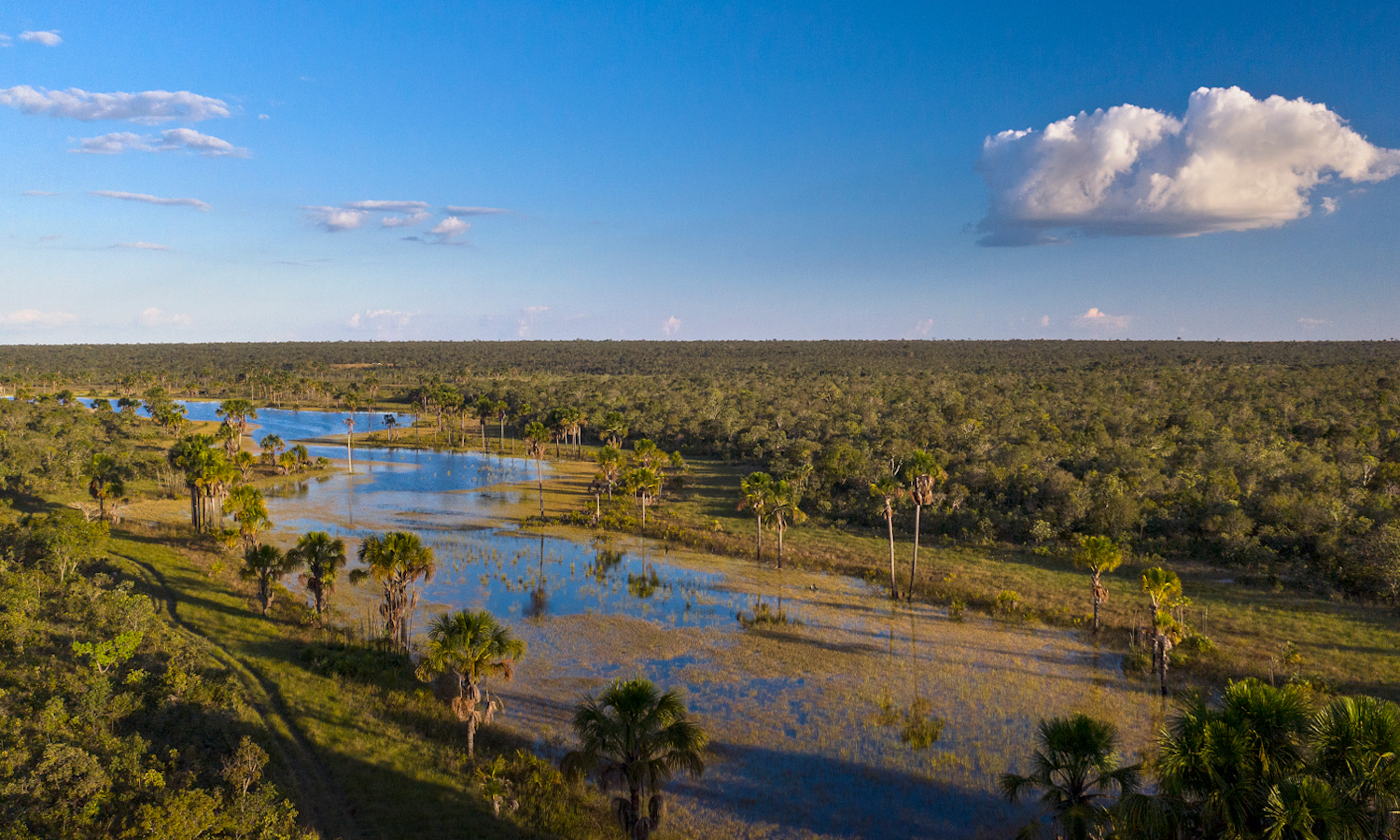Top international soy traders and their practices play a major role in expanding deforestation for agribusinesses in Brazil’s Cerrado, a vast savannah region in the center of the country, according to Greenpeace’s “Under Fire” report. In 2017, the region provided 40 percent of Brazil’s total soy production and exported more than half of that. The bulk of Brazil’s soy exports goes to six international trading corporations, who then supply multinational fast-food companies such as McDonald’s, Kentucky Fried Chicken, and Burger King.
“Companies continue to create a demand for high-risk commodities. In parallel there is a rise in political and economic nationalism that are only intensifying economies based on extractive industries and industrial agriculture,” Diana Ruiz, Senior Palm Oil Campaigner at Greenpeace USA, tells Food Tank.
Between 2010 and 2017, 2.8 million hectares of the Cerrado’s natural forests and 1.8 million hectares of its natural grasslands have been cleared for growing cattle and soy crops; in Mato Grosso, one of the Brazilian states within the Cerrado, 95 percent of the deforestation is illegal, Greenpeace claims. Overall, Greenpeace’s estimates say that almost half of the region’s natural vegetation—covering an area more than twice the size of California—has already been destroyed. The Cerrado is one of the most biodiverse ecosystems of its kind, hosting about 5 percent of the world’s species, of which 4,800 species can only be found there.
“There is a link between monoculture expansion, loss of biodiversity, and increased vulnerability to pest outbreaks and crop disease epidemics, and the increased use of chemical pesticides,” Ruiz tells Food Tank. “Monoculture leads to erosion and requires massive agrochemical input to boost harvests in poor soils. As soil becomes exhausted, farmers could abandon the land and move to other forests to continue the vicious cycle of soil degradation and chemical pollution.”
Between 2001 and 2018, 5 percent of all deforestation in the Cerrado happened across just one municipality, Formosa do Rio Preto, the Greenpeace Brazil investigation showed. This is where the soy-producing estate Agronegócio Estrondo operates. Locals and activists have complained the estate has taken land by force, using slave labor and illegally clearing the forests, while using intimidation on local communities that live on that territory.
Among Brazil’s municipalities, Formosa do Rio Preto is the fourth-largest soy producer. Brazil’s Ministry of Agriculture predicts that its yields will soar by 30 percent in the next decade. Last year, Brazilian authorities renewed Estrondo’s deforestation permit, which allows the estate to clear another 25,000 hectares over four years.
Transforming land tenure and land management systems significantly affects areas inhabited mostly by small farmers and families, explains Danicley de Aguiar, senior campaigner at Greenpeace Brazil. “For every soy producer that establishes a 10,000-hectare farm, about 100 smallholders and/or family farmers need to leave,” says de Aguiar.
Commercial agriculture also competes with and limits local food production, de Aguiar tells Food Tank. The agrochemicals used to produce high soy yields can deplete soils of nutrients and may undermine smallholder agriculture, making the local community increasingly reliant on food from other parts of Brazil.
In February 2019, five of the biggest soy traders in the region joined the Soft Commodities Forum (SCF), pledging to help mitigate deforestation in the Cerrado. But their practices are not yet sustainable, Greenpeace claims. “A path towards sustainability means a dramatic shift in business practices and this can’t be based on the same old models,” says Ruiz.
So far more than 20 global brands, including McDonald’s, have backed the Cerrado Manifesto, a 2017 NGO initiative calling on companies sourcing soy and meat from the region to protect its ecosystems. “Big corporations and consumer goods companies need to reduce their consumption to whatever level they can demonstrate comes from producer groups and traders that comply with ‘no deforestation, no exploitation’ standards,” argues Ruiz.
Leveraging the Soy Moratorium—an initiative that significantly drove down Amazon deforestation rates—could also help, stresses Ruiz. But the government’s recent criticism of the initiative and pressures from soy associations to slash it are threatening conservation efforts. ”The solution is not to abandon the moratorium, but to strengthen and extend it to end the destruction of forests and critical ecosystems across all commodities,” says Ruiz.







